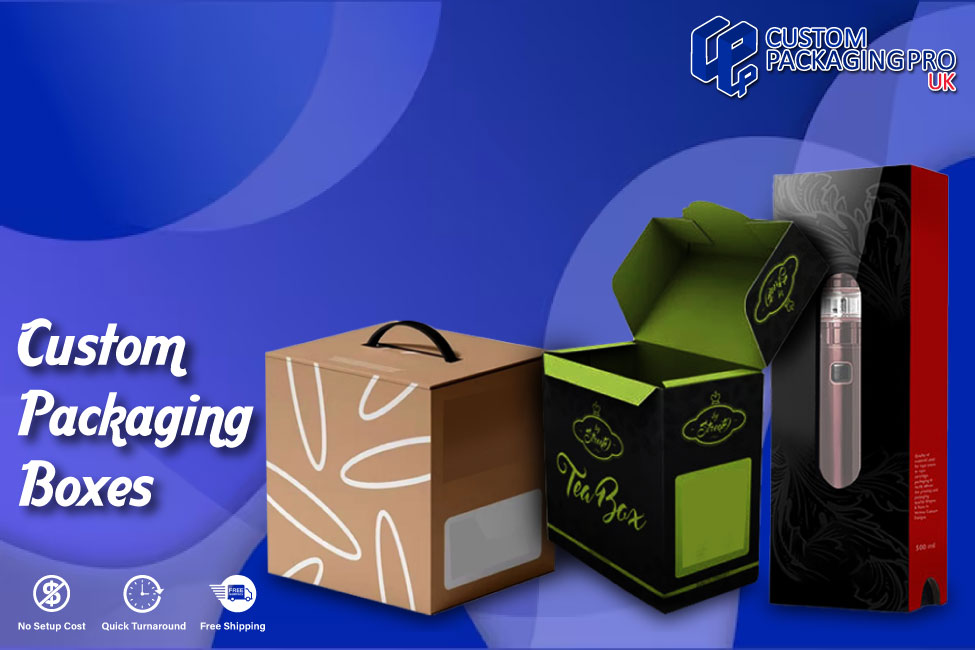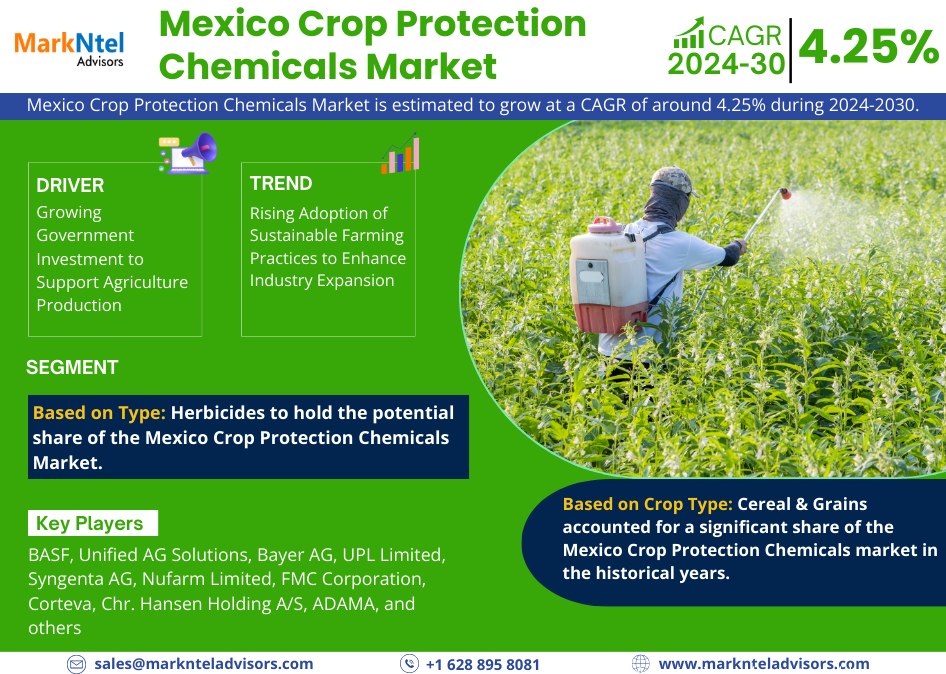Antifouling Paints and Coatings Market Outlook
According to the report by Expert Market Research (EMR), the global antifouling paints and coatings market size reached a value of USD 9.31 billion in 2023. Driven by the increasing demand for marine vessel protection, the market is expected to grow at a compound annual growth rate (CAGR) of 8.9% between 2024 and 2032, reaching an estimated value of USD 20.02 billion by 2032.
Antifouling paints and coatings are specialized protective layers applied to the hulls of ships, boats, and other marine structures. Their primary function is to prevent the accumulation of marine organisms such as barnacles, algae, and mussels, which can damage the vessel’s surface, reduce its efficiency, and increase fuel consumption. With the growth in global maritime trade, offshore energy production, and increased focus on environmental conservation, antifouling paints and coatings have become essential in modern marine operations.
Key Market Drivers
The primary drivers of the global antifouling paints and coatings market include the expansion of global seaborne trade, rising shipbuilding activities, and increased demand for fuel-efficient marine vessels. The rapid growth of the shipping industry is a significant factor influencing the demand for antifouling coatings. As international trade continues to expand, driven by global economic growth, the shipping industry faces mounting pressure to operate efficiently. Antifouling coatings play a critical role in reducing drag and optimizing fuel usage, leading to lower operational costs and improved vessel performance.
The offshore oil and gas industry also generates substantial demand for antifouling paints and coatings. Offshore structures, such as oil rigs and platforms, are exposed to marine growth, which can impair their structural integrity and disrupt operations. Antifouling coatings help protect these structures from marine biofouling, ensuring reliable performance and extending their operational lifespan.
Technological Advancements and Environmental Considerations
Over the past decade, advancements in antifouling technology have led to the development of more effective and environmentally friendly coatings. Traditional antifouling coatings relied heavily on biocides, which posed potential risks to marine life and ecosystems. However, regulatory bodies worldwide, including the International Maritime Organization (IMO), have implemented stringent guidelines to limit the use of harmful substances in marine coatings. In response, manufacturers are increasingly focusing on eco-friendly antifouling technologies that meet regulatory requirements while delivering high-performance protection.
One notable innovation is the development of biocide-free antifouling coatings, which use silicone and fluoropolymer-based compounds. These coatings create a non-stick surface that prevents marine organisms from attaching to the hull. Self-polishing copolymer (SPC) technology, another advancement, allows coatings to gradually wear off in a controlled manner, providing sustained antifouling performance without excessive environmental impact. These technological developments are positioning antifouling paints and coatings as environmentally responsible solutions that align with sustainability goals.
Get a Free Sample Report with Table of Contents@ https://www.expertmarketresearch.com/reports/antifouling-paints-and-coatings-market/requestsample
Growth in the Maritime Industry
The maritime industry is the largest end-user of antifouling paints and coatings, accounting for the majority of the antifouling paints and coatings market demand. The need to maintain vessel efficiency and reduce fuel consumption is a primary factor driving the demand for antifouling solutions in this sector. Antifouling coatings improve hydrodynamics, allowing vessels to navigate through water with reduced resistance. This results in substantial fuel savings and lower greenhouse gas emissions, a critical consideration as the industry strives to comply with global environmental standards.
In recent years, there has been an increased emphasis on eco-friendly shipping practices, especially in response to the International Maritime Organization’s (IMO) greenhouse gas reduction targets. The IMO aims to cut the shipping industry’s carbon emissions by 50% by 2050 compared to 2008 levels. Antifouling coatings contribute to achieving these targets by improving vessel efficiency and reducing fuel consumption, thus minimizing carbon emissions. As a result, the maritime industry’s demand for high-performance, low-impact antifouling coatings is expected to rise.
Offshore Oil and Gas and Renewable Energy Sectors
The offshore oil and gas sector also relies heavily on antifouling coatings to protect its critical infrastructure. Oil rigs, platforms, and pipelines operate in harsh marine environments where biofouling can lead to increased maintenance costs and operational disruptions. Antifouling coatings help prevent marine growth on these structures, ensuring their longevity and reducing maintenance intervals. With the continued exploration and development of offshore oil and gas resources, the demand for antifouling solutions in this sector remains robust.
Additionally, the offshore renewable energy sector, particularly in wind energy, has emerged as a new avenue for antifouling applications. Offshore wind turbines, like oil platforms, are exposed to marine biofouling, which can affect their performance and structural integrity. Antifouling coatings are used on turbine foundations and support structures to protect against fouling, enhancing the efficiency and lifespan of renewable energy installations. As global investments in offshore wind energy continue to grow, the demand for antifouling paints and coatings is anticipated to rise within this sector.
Read Full Report with Table of Contents@ https://www.expertmarketresearch.com/reports/antifouling-paints-and-coatings-market
Antifouling Paints and Coatings Market Segmentation
The market can be divided based on type, application, and region.
Market Breakup by Type
- Copper-Based
- Self-Polishing Copolymer
- Silicone Elastomers
- Others
Market Breakup by Application
- Shipping Vessels
- Drilling Rigs and Production Platforms
- Fishing Boats
- Yachts and Other Boats
- Others
Market Breakup by Region
- North America
- Europe
- Asia Pacific
- Latin America
- Middle East and Africa
Competitive Landscape
The EMR report looks into the market shares, plant turnarounds, capacities, investments, and mergers and acquisitions, among other major developments, of the leading companies operating in the global antifouling paints and coatings market. Some of the major players explored in the report by Expert Market Research are as follows:
- PPG Industries, Inc.
- Hempel A/S
- The Sherwin-Williams Company
- Jotun A/S
- Nippon Paint Marine Coatings Co., Ltd.
- LANXESS AG
- Gruppo Boero
- Kansai Paint Marine Co., Ltd.
- RPM International Inc.
- Chugoku Marine Paints, Ltd.
- Others
Challenges in the Antifouling Paints and Coatings Market
Despite the promising growth prospects, the global antifouling paints and coatings market faces several challenges. One of the main obstacles is the high cost associated with advanced and eco-friendly antifouling solutions, which may deter some end-users from adopting them, particularly in price-sensitive regions. The high initial investment in premium coatings can be a barrier for smaller shipping companies and offshore operators.
Additionally, regulatory pressures related to the environmental impact of biocides and other chemical additives in antifouling coatings create challenges for manufacturers. Strict environmental regulations in regions such as Europe and North America require companies to invest in research and development to create coatings that are both effective and environmentally compliant. These regulations may also limit the types of materials that can be used, which can impact production costs and market accessibility.
Future Outlook and Opportunities
The global antifouling paints and coatings market is poised for steady growth over the forecast period, driven by the expansion of maritime trade, increased offshore exploration, and the shift toward sustainable marine operations. As the demand for environmentally friendly and high-performance antifouling solutions continues to rise, the industry is likely to see more innovations in biocide-free and self-polishing antifouling technologies.
The development of antifouling solutions for renewable energy infrastructure, particularly offshore wind turbines, represents a growing market opportunity. As countries around the world prioritize clean energy sources, the demand for effective protective coatings for offshore wind installations is anticipated to grow, opening new avenues for antifouling product manufacturers.
The focus on sustainability in the shipping industry, coupled with the rise of offshore renewable energy, provides a promising outlook for the antifouling market. As regulations become more stringent, particularly in developed regions, the shift toward biocide-free and eco-friendly antifouling solutions will be crucial for market growth. Companies that invest in research and development to meet these evolving standards are likely to gain a competitive advantage.
Media Contact:
Company Name: Claight Corporation
Contact Person: George buttler, Corporate Sales Specialist – U.S.A.
Email: sales@expertmarketresearch.com
Toll Free Number: +1-415-325-5166 | +44-702-402-5790
Address: 30 North Gould Street, Sheridan, WY 82801, USA
Website: http://www.expertmarketresearch.com
Aus Site: https://www.expertmarketresearch.com.au



